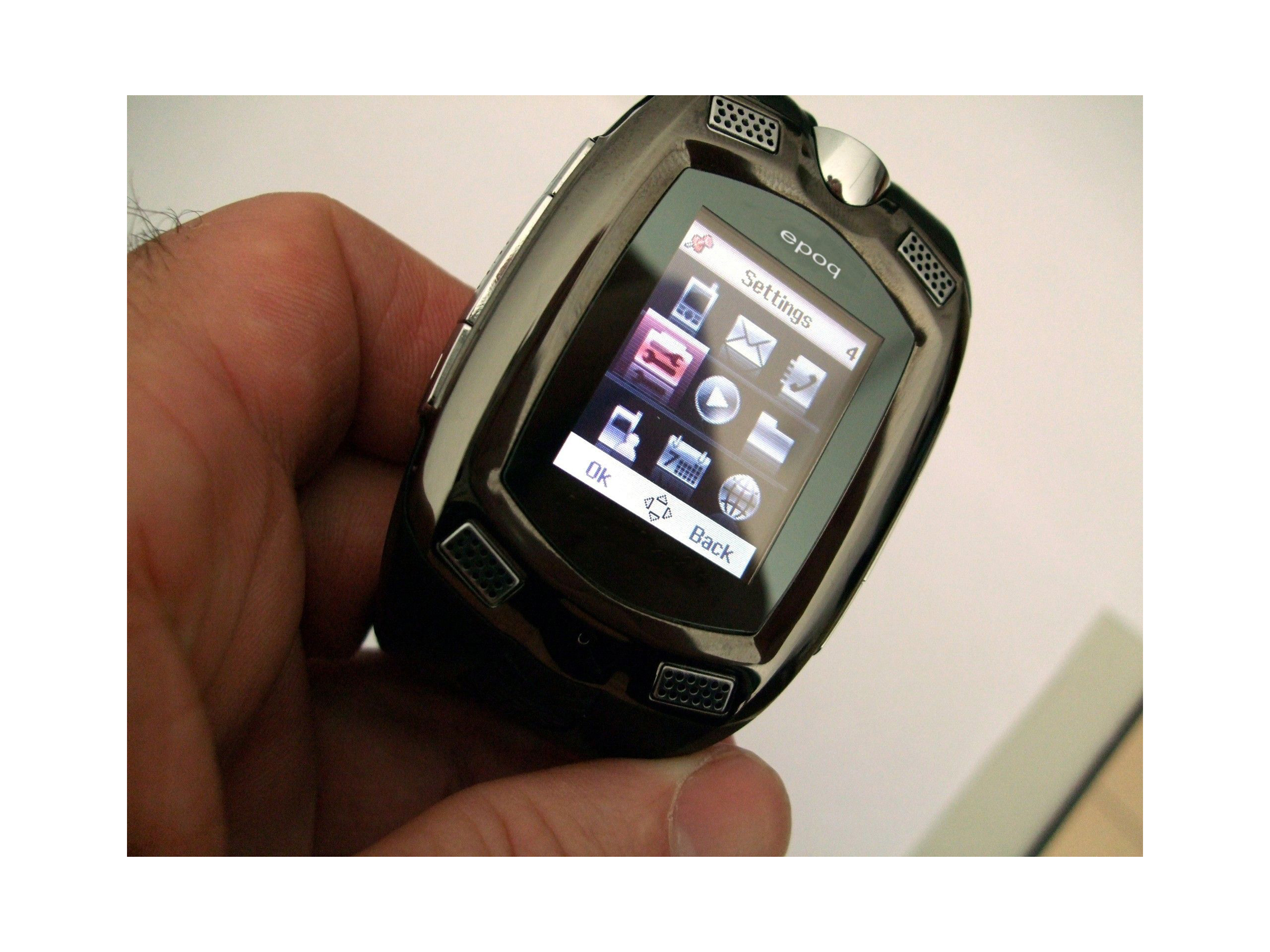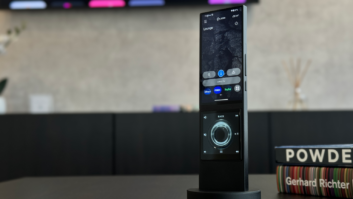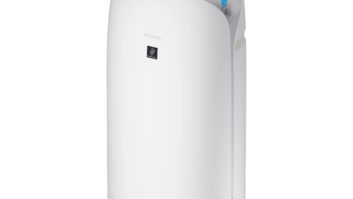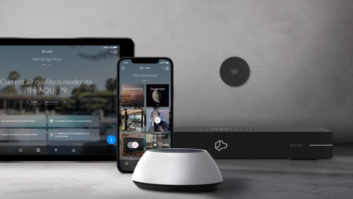
The smart watch is a concept that harkens back to the era when pagers were a top-selling mass-market consumer electronics product.
Here’s a look at the smart watch evolution:
1946: The 2-Way Wrist Radio, worn as a wristwatch by comic strip hero Dick Tracy and members of the police force, became one of the strip’s most immediately recognizable icons. The 2-Way Wrist Radio was upgraded to a 2-Way Wrist TV in 1964.
1990: Motorola launched the world’s first wristwatch pager, which received numeric pages over traditional paging networks. That same year, startup AT&E began marketing the Seiko Receptor wristwatch pager, which received numeric pages and limited numeric content, such as sports scores, through FM-station side-carrier bands.
1994-1995: Microsoft and Timex teamed on the Timex DATA Link Watch, built by Timex using Microsoft software. Users would transfer reminders, contacts, and calendar items from a PC via light waves to the watch to keep handy.
1997: Timex and Motorola teamed up to offer a wrist-watch word pager that received alphanumeric messages, e-mail, and customizable information updates.
2003: Microsoft launched its SPOT (Smart Personal Objects Technology) initiative, which the company hoped would deliver more useful — and user-friendly — services than its predecessors. Products were to be available in 2003 but were pushed into 2004.
SPOT pager watches, which received data via FM sideband frequencies, featured such innovations (for the time) as a glanceable displays that presented information, such as weather reports or stock charts, not as slowly scrolling text but as a mix of words and graphics.
Data capacity was improved by using FM sidebands to make room for bandwidth-hogging icons, give subscribers a greater level of information-service customization, and accommodate more potential users during peak-usage periods.
The SPOT watches were available briefly from such watch companies as Fossil, Suunto, and Tissot.
2003: Fossil partnered with Sony Ericsson to develop the technology to create a wristwatch that functioned as an accessory to a cellular phone. Sony Ericsson designed the software for a “caller ID watch” that connected to one’s cellular phone via Bluetooth.
2008: Titan Global Commerce, the marketer of Epoq-branded TVs and portable media players (PMPs), launched the first smart watchphone based on the Windows Mobile OS. The unlocked quad-band GSM/GPRS phone retailed for a suggested $699 and featured Windows Mobile 5 Standard OS and 1.4-inch OLED touchscreen display.
Earlier Epoq watch phones featured touchscreen displays but not Windows Mobile OS.
2011: Motorola launched the MotoActv, which was more of a fitness watch that offered cellphone notifications and control of smartphone-stored music.
2012: Sony launched its first smart watch.
2013: The year witnessed the introduction of such models as the Pebble and The Martian Passport, which enabled Dick Tracy-like phone conversations though the watch via Bluetooth.
Chip maker Qualcomm also launched its first smart watch, the Toq, at the end of the year, as did Samsung.
2014: Google launched its Android Wear smart watch OS, and LG, Motorola, and Samsung launched their first Android-Wear models.
2015: Timex returned to the smart watch market with the shipment of its first cellular-equipped smart watch, the Timex Iron Man One GPS+ with built-in GPS and cellular data.
Today, dozens of companies offer fitness watches, many with built-in GPS, as well as smart watches with and without built-in cellular.
The concept of a wrist-worn communications device hasn’t changed in decades, but the technology has.













